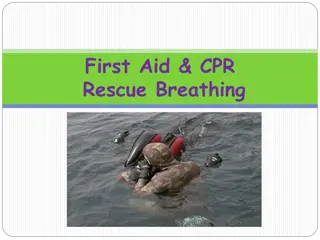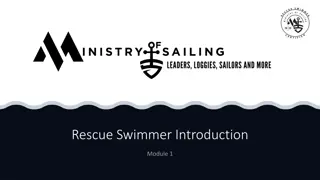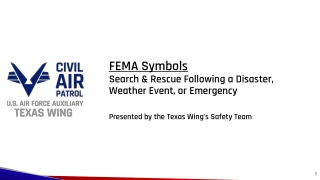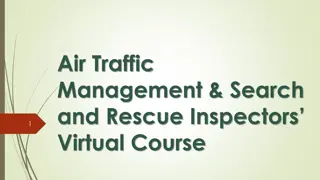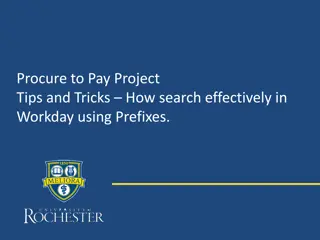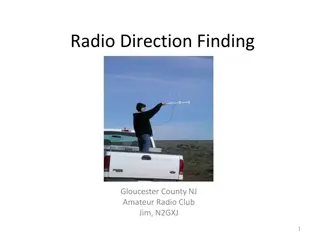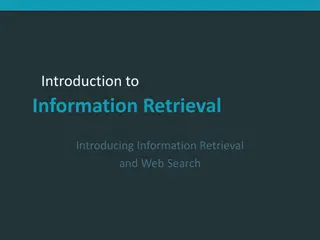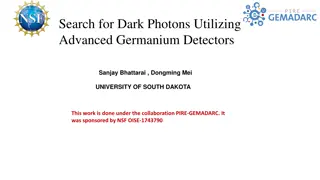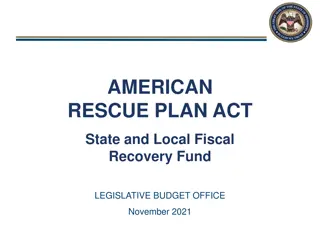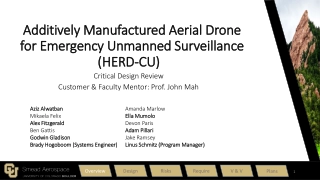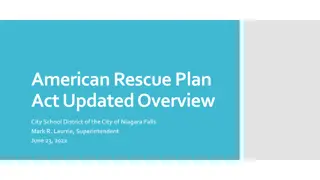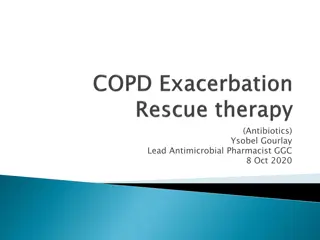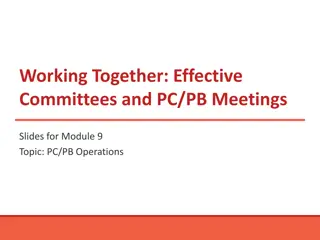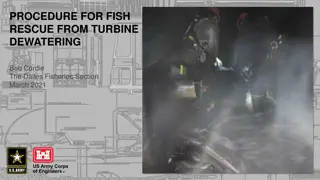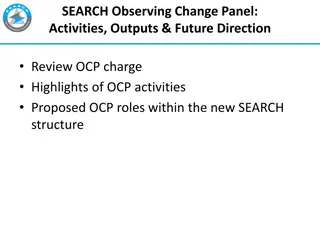Effective Techniques for Overwater Search and Rescue Operations
Discover essential strategies for conducting successful overwater search and rescue missions, including guidelines on parachute opening altitudes, sweep width calculations, and active vs. passive search approaches. Learn how to utilize correction factors for weather, fatigue, and airspeed to enhance search effectiveness. Be prepared with signaling devices and valuable insights on navigating challenging rescue scenarios to ensure optimal outcomes.
Download Presentation

Please find below an Image/Link to download the presentation.
The content on the website is provided AS IS for your information and personal use only. It may not be sold, licensed, or shared on other websites without obtaining consent from the author. Download presentation by click this link. If you encounter any issues during the download, it is possible that the publisher has removed the file from their server.
E N D
Presentation Transcript
Remember that U.S. military Parachutes open at 14,000 feet. Then simply read off your drift from the table.
Rule Of Thumb Pick the lowest altitude that gives you the best Sweep Width (You want the HIGHER Sweep Width value, time permitting)
PASSIVE Do not forget the NOTE at the bottom, applicable to persons in the water
What are Active and Passive Searches? With active searches go to the applicable TACAID page and read off the Corrected Sweep Width. ACTIVE PASSIVE NVG, FLIR or the Survivor has a Red Hand Flare, Strobe or some other device/means that can gain the attention of the SRU. F-18 goes down in the ocean and the survivor is not known to have any signaling devices. SRU not equipped with NVG s or FLIR
PASSIVE SEARCHING OVERWATER Use the Equation: Where: Wu=Uncorrected Sweep Width (pg 3-5 to 3-7) Ww=Correction for weather (pg 3-12) Wf=Fatigue Correction (pg 3-12) Wa=Correction for SRU airspeed (pg 3-13) Wc=Wu*Ww*Wf*Wa
ACTIVE SEARCHING OVERWATER Just pick your corrected sweep widths from the following Tables.
ACTIVE Just pick your Corrected Sweep Width off the chart and NO other Sweep Width corrections are needed.
ACTIVE Just pick your Corrected Sweep Width off the chart and NO other Sweep Width corrections are needed.
ACTIVE Remember that everything after the 10ths place is a note Example: 0.21 is .2 and Note 1. 0.31 is 0.3 and Note 1 Just pick the Corrected Sweep Width Off the Table and NO other sweep width corrections are needed.
ACTIVE These are the NVG NOTES 1 and 2.
Just pick your Altitude and Corrected Sweep Width off the chart and no other Sweep Width corrections are needed. ACTIVE
For Over water searches, Average your Coverage factors from all searches to determine the POD for a given search. Example: First search you have a C of .8 and second search you have a C of 1.0. This gives an average C of .9 for both search s enter the chart and obtain a POD of 93%.
A C-12 or Cessna are light aircraft.
Remember to read the note at the bottom here. All the Values given in this table are Corrected Sweep widths. No other corrections required.
Remember to use the closest value for Track Spacing. Example: If Track Spacing is 0.7 use 0.5 (Do NOT round up or down, just use the closest value). If visibility is 5mi in the problem your given use 4 mi (Closest value).
For Overland searches just use the chart. Use Previous or Cumulative POD and POD for this search. Intersect and read off the Cumulative POD



